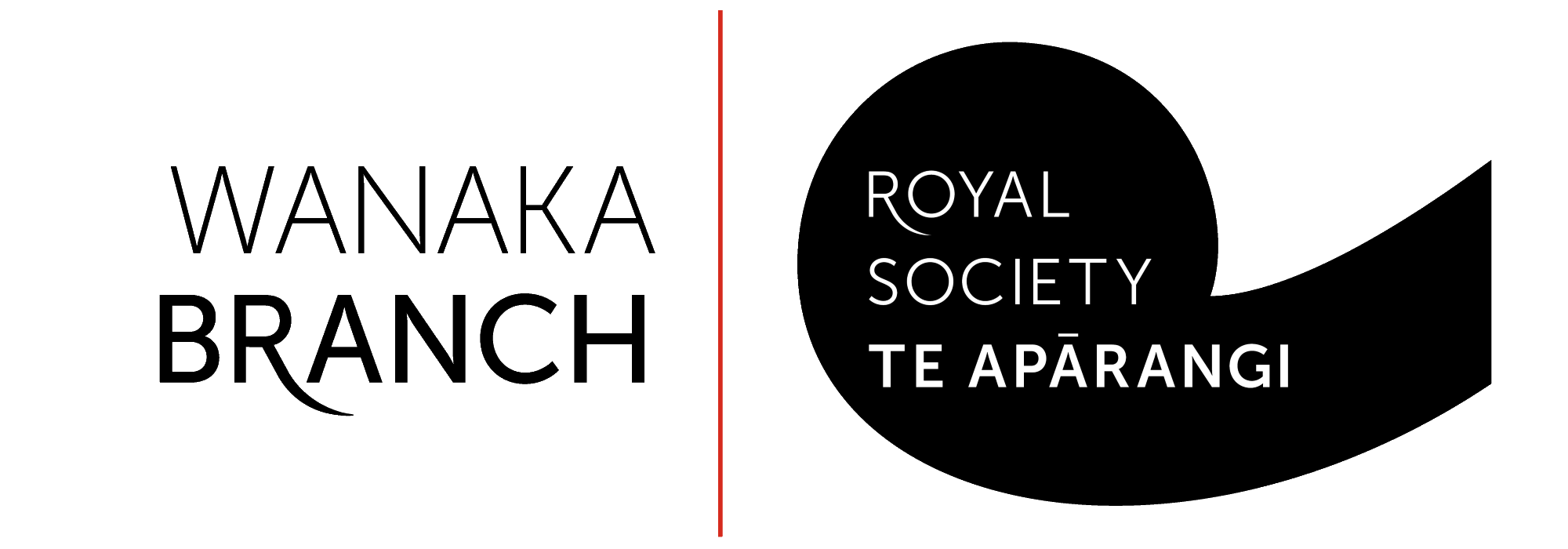NASA SCIENTIFIC BALLOON PROGRAMME
Presbyterian Community Centre 94 Tenby Street, Wanaka, New ZealandSpeaker: DAVE PARK (ASTRAL AVIATION CONSULTANT)
Since its establishment more than 30 years ago, the NASA Balloon Program has provided high-altitude scientific balloon platforms for scientific and technological investigations, including fundamental scientific discoveries that contribute to our understanding of the Earth, the solar system, and the universe. Balloons have been used for decades to conduct scientific studies. They can be launched from locations across the globe and are a low-cost method to carry payloads with instruments that conduct scientific observations. Recent developments in balloon design have allowed greatly extended flight durations, the current NASA target being 100 days aloft. Since 2017 Wanaka Airport has been a launch site, one of only seven world wide, uniquely positioned to capture the southern skies along latitude 45 south. This talk will describe both the balloon design and some of the science payloads carried and proposed.

